Table of contents
Do you know the benefits of yoga?
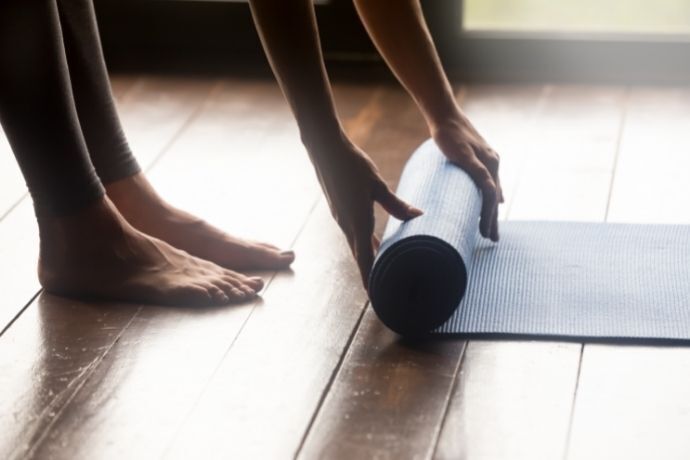
Over the years, yoga has become popular in several Western countries, including Brazil. Thus, this activity has been sought as a form of physical exercise, stretching and relaxation.
However, many people still do not know that it is a very old science whose principle is to promote the union between body, mind and spirit. Through this communion between the three, yoga aims to provide practitioners with more knowledge about their essence.
So, in case you have heard about the practice but still don't know much about it, our article can help you find out more about the history and benefits of yoga. Read on to learn more about this science!
Understanding more about yoga
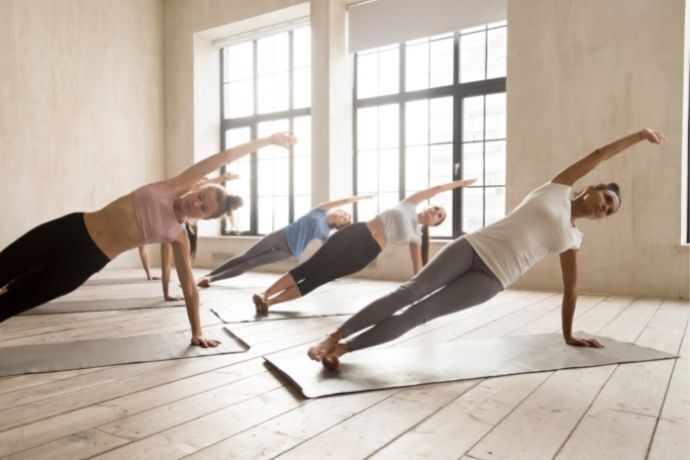
Yoga appeared in India about 5 thousand years ago and was created by Shiva or Natarajá, the King of Dancers. The practice has spread a lot in the West recently and nowadays it has some distinct types, besides having gone through some evolutions. Below, more details on these and other aspects will be commented. Read on.
Origin and history
In terms of history, it is possible to state that yoga emerged in India over 5 thousand years ago as a philosophy of life created by Shiva or Natarajá, the King of Dancers. It emerged spontaneously and through some rather complex movements made by its creator.
Subsequently, Shiva prepared some disciples to perpetuate yoga, which was passed from generation to generation until the present day, in which it has become popular beyond its country of origin and has undergone some evolutions, which allowed the emergence of other types.
What it is for and how it works
The term yoga has a Sanskrit origin, language present in India and linked to the Hindu religion. It is a philosophical concept that means to control and unite, that is, it represents a practice that works the body and mind simultaneously.
Since its origins, yoga has been linked to the idea of relaxation and calm. Thus, it provides greater lucidity for its practitioners, ensuring that they get in touch with their inner self. However, at the same time, the practice contributes to bring improvements to your physical body, ensuring more flexibility and vigor.
Relationship between yoga and the chakras
Yoga relates to the chakras to the extent that it allows their activation and alignment. They are energy centers distributed throughout the human body and ensure the maintenance of stability, both physically and emotionally.
Through yoga postures and its breathing exercises, known as parayamas, this alignment can be achieved, so practitioners are able to feel at peace and maintain good physical health. Alignment through yoga should be done whenever one feels the need.
Types of yoga
Currently, there are several types of yoga. Some are geared towards more relaxing practices, with the goal of strengthening the mind and spirit, and others focus more on the physical body. Therefore, the choice of the most appropriate is individual and there is no yoga that is better than the other, but the one that suits the needs of each person.
Among the existing types it is possible to highlight ashtanga yoga, which is one of the most traditional lines. It is known for its intensity, since it challenges the practitioners' physique a lot. However, there are types such as baby yoga, hatha yoga, iyengar yoga, kundalini yoga, vinyasa yoga and restorative yoga that focus on other aspects.
Positions
The yoga positions will depend on the style adopted and also the choice of practicing alone or in pairs. However, there are some that can be safely performed at home for those who are thinking of starting yoga this way before looking for a studio.
Among these, it is possible to highlight padmasana, also known as lotus position. The individual remains seated and with legs crossed so that the feet are opposite the thighs. This practice is used for meditation.
It is also worth mentioning the chatuspadsana, or inverted dog, which consists of supporting the hands on the floor, distributing evenly the weight of the body; and the sarvangasana, in which the hands are placed beside the hips and legs are elevated.
Developments in practice
Yoga is a practice in which there is no right or wrong, but several languages. However, there are some ways to measure the evolution of practitioners. The first is to try to structure the postures, always taking care with the bases to do the positions correctly.
In addition, alignment should be a point of attention, since it helps in the optimization of the position as much as breathing, a key part for the body to be able to maintain attention in practice.
Physical benefits of Yoga
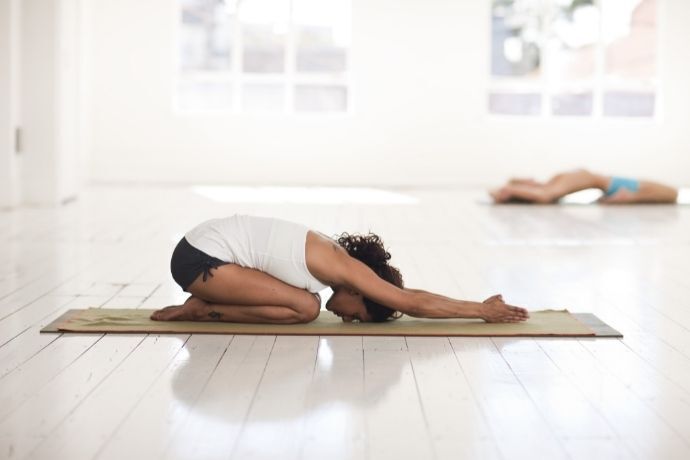
Since yoga works the body and mind simultaneously, it brings some physical benefits, such as the strengthening of muscles and improvement in flexibility. Besides that, its positions are capable of helping in posture improvements and favor a series of issues, such as sleep quality. See below more details about it.
Helps in weight loss
One of the greatest contributions that yoga can make to the body is to help with weight loss. This happens due to the practice's ability to speed up the metabolism. However, since yoga also works on mental aspects, it acts to combat anxiety, which is linked to some cases of binge eating.
Besides, it is worth mentioning that yoga promotes the control of blood sugar levels. Currently, there are documented cases of people who have lost a lot of weight thanks to yoga, such as Jared Molenkopf, who lost 133kg thanks to the practice.
Strengthens the muscles
The strengthening of the muscles is something that yoga practitioners can count on. This happens in line with improvements in flexibility and, therefore, is not a sudden process. Therefore, those who choose yoga as a way to strengthen the muscles need to keep this in mind.
Improving muscles is something very important for all people, since it is associated with back pain and also diseases such as arthritis. Therefore, yoga can help the elderly to prevent falls, since they will become stronger.
Improves flexibility
Improving flexibility is one of the main benefits of yoga. However, it should be noted that this happens in the long term and it is natural that beginners feel difficulties to do the positions. However, eventually they will become easier.
When practitioners reach this stage, they begin to notice that some body pains disappear. This happens thanks to the improvement in flexibility and the connection that yoga establishes between mind and body, making the whole organism work in a coordinated way.
Some parts of the body benefited by the practice are the knees, thighs and ligaments in general.
Assists in the correction of posture problems
Due to the work of yoga in body awareness, it reflects in posture improvements in everyday life. In this way, it helps to combat tension in the muscles, which is able to cause some pain and cause the feeling of tiredness.
After all, their bodies will be more relaxed because the muscles will not be strained due to incorrect posture, since the positions help in the alignment between the head and the spine.
Helps to detoxify the body
Yoga helps detoxify the body in many different ways. One unusual scenario in which the practice can make all the difference is a hangover. According to teacher Linda McGrath, yoga helps detoxify the body by increasing metabolism.
That way, the work of the thyroid and blood circulation undergo improvements and help cure the hangover faster than just hydrating and resting. Therefore, McGrath points out that even though exercise is the last thing on the mind of someone who is hungover, yoga is exactly what should be done.
Controls pressure and heart rate
Yoga practice is recommended for people who have high blood pressure since it helps in controlling this health condition. According to studies published in the journal The Lancet, hypertensive people who did the savasana position showed drops in diastolic and systolic pressure group.
In addition, heartbeats also become more controlled thanks to yoga, as the practice benefits the heart and lungs as a tone due to its ability to regulate the nervous system and improve blood circulation.
All this ensures that the levels of hormones linked to stress, such as adrenaline and cortisol, are under control.
Encourages sexual activity
Sexual activity is another aspect of human life that undergoes improvements after the practice of yoga. This happens because couples start to have more body awareness and sensitivity during this type of contact. In addition, their ability to relax and connect with partner also increases.
Other aspects of yoga that contribute to improvements in sexual activity are the ability to concentrate and the relief of anxiety, factors that are often associated with negative experiences of this nature.
Improves the respiratory system
Ashtanga yoga is one of the most challenging lines of yoga because of the need to connect breathing with movement. Therefore, it requires a lot of concentration from its practitioners, since the rhythm can easily be lost with a slight deviation of focus. However, it greatly favors the respiratory system.
This happens because yoga stimulates that inspiration is done through the nose, so that it improves the quality of the air that is sent to the lungs, since it arrives filtered and heated, something that does not happen when you breathe through the mouth.
Improves sleep quality
The improvement in sleep quality is often associated with hatha yoga, known as classical yoga. Since the classes of this style are composed of breathing techniques and cleansing exercises, they stimulate the energy present in the body. In addition, maintaining the postures helps concentration and body awareness.
Therefore, hatha yoga is also capable of reducing anxiety and, consequently, improves sleep quality thanks to the relaxation provided by breathing control. According to experts, classic yoga can be practiced by everyone.
Mental and emotional benefits of Yoga
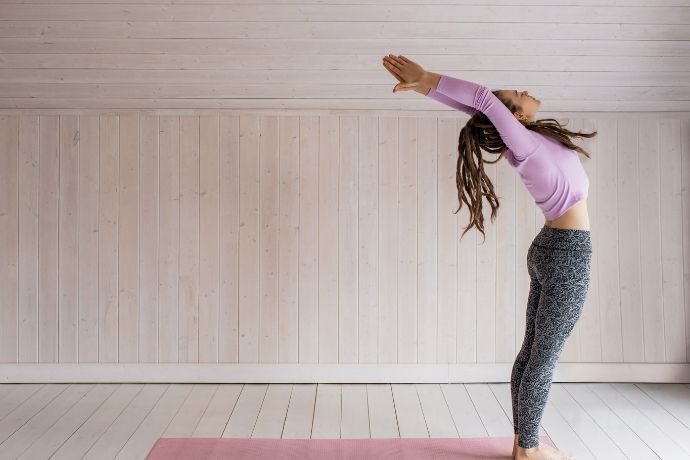
In addition to the physical benefits, yoga can bring a number of mental and emotional benefits to practitioners. It improves contraction, aids in relaxation and is able to help combat anxiety. Due to the highlighted factors and its focus on self-knowledge, yoga even helps in improving self-esteem. See more about this below.
Improves concentration
One of the premises of yoga is the focus on the present. Thus, there are some studies indicating that the practice is able to help memory, response to stimuli and even cause an increase in IQ. This is most associated with meditation done during yoga.
It has been shown to be an excellent solution for people with concentration problems. Research indicates that yoga is able to improve retention of information, preventing people from being easily distracted from their important tasks.
Helps relaxation
The breathing in yoga helps in the feeling of relaxation. Moreover, as the practice proposes the focus on the present and helps in the control of the parasympathetic nervous system, it ensures the feeling of tranquility.
Soon, according to doctor Herbert Benson, responsible for discovering this response of the organism to yoga, this happens because it reduces hypertension and improves blood circulation in the intestine and in several other organs of the human body, guaranteeing relaxation to its assiduous practitioners.
Relieves anxiety and stress
There are several studies connecting the practice of yoga to good results in the treatment of mental illnesses, such as anxiety disorders and depression. This happens because it is able to raise serotonin levels at the same time that it decreases those of cortisol, a hormone associated with stress.
According to Richard Davidson, a professor at the University of Wisconsin, yoga increases the activity of the prefrontal cortex, which is directly linked to the feeling of happiness. Therefore, besides being recommended for its benefits to the health of the body, yoga is indicated to help mental health.
Improves self-esteem
Self-esteem issues have become increasingly common in today's world and are quite difficult to deal with. While some people may consider them minor, they actually need to be looked at carefully because they can lead people into a number of behavioral patterns that harm their physical and mental health.
Therefore, yoga acts in the sense of improving self-esteem by proposing that practitioners focus on the present, which allows them to have a broader vision of this problem and its causes. Thus, it becomes easier to find a solution to these impasses.
Encourages self-acceptance and self-knowledge
Yoga is something that offers self-knowledge and self-acceptance insofar as it proposes alignment between mind and body. Thus, as its practitioners gain greater body awareness due to the physical benefits of the practice, they are able to know themselves better.
In this way, it is worth pointing out that yoga guarantees a change of perspective in the way of seeing life. Therefore, people become more capable of making important changes because they know more about their limits and their capacities.
Promotes well-being
Due to all the physical and mental benefits brought by yoga, it is safe to say that it promotes wellness in general. The knowledge of the body and the ways that the mind of a particular person does opens up possibilities to deconstruct problems that previously seemed much more serious.
In addition, yoga encourages negative feelings to stay away from people, as it encourages positivity and increases people's capacity for self-compassion, so that they become less hard on themselves.
Other information about yoga
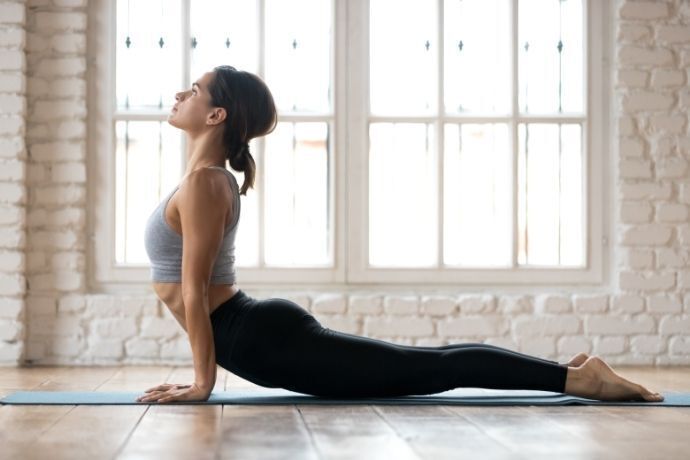
Many people still have doubts about what care should be taken with the practice of yoga, as well as about what is the appropriate profile to become an adept. Thus, these and other aspects related to yoga will be clarified in the next section of the article to help those who are thinking of starting. See below.
Main difference between yoga and other physical activities
The main difference between yoga and other physical activities is that it does not aim to work only the body. Although it is used for the movements involved in the practice, since its origins yoga aims at the communion between the internal and the external. In other words, between body and mind.
Thus, a series of internal issues of the practitioners are worked out, since they have more contact with their longings due to the focus of yoga on meditation and the idea of living the present time. In this way, it is a great practice for those who seek self-knowledge.
Can anyone practice yoga?
Currently, there are specific types of yoga geared towards the elderly and pregnant women. This serves as an indication that anyone can become a practitioner regardless of the difficulties and physical limitations they believe they have. All that is needed is discipline and an attempt to understand their own limits.
Therefore, progress may be slower in some cases, but the important thing is to respect your own time and not try to force yourself to advance exactly like people who have different conditions than you.
Cautions and harm of yoga
As long as the practitioner respects his/her own time and does not try to push the limits of his/her body to be able to do the positions more quickly, there are no harmful effects associated with the practice of yoga. However, it is worth pointing out that some care should be taken.
The first of them is to choose a method that meets your expectations. In addition, you should set a suitable time and place to practice and wear comfortable clothes that allow the body to move. Another important point is the diet, which should be balanced, always opting for natural foods.
How to start doing yoga
If you are thinking of starting to do yoga at home, there are some important tips that need to be respected to achieve success with the practice. Although there are no major requirements for space or equipment, you need to choose a place in the house that allows you to perform the movements.
In addition, it is recommended that you be alone at the time, since yoga demands focus and concentration. Another very important aspect is to choose easy postures to start with and increase the level of difficulty as you feel you have mastered those postures.
Enjoy all the benefits of yoga!
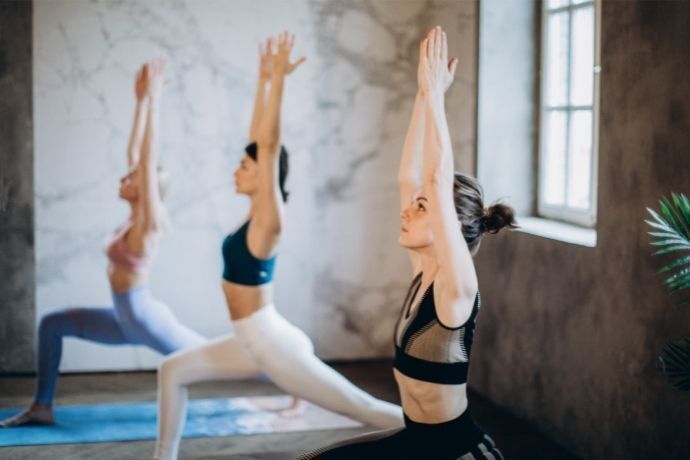
Yoga is a 5,000-year-old practice that aims to combine body and mind, bringing several benefits to both. Therefore, in addition to helping improve muscles and breathing, it also favors issues such as concentration and self-knowledge.
There are no age restrictions or any other restrictions for the practice as long as the limits of one's own body are respected. So, it is very important not to be guided by the advances of others and to consider your own time in order to obtain the benefits of yoga.
It is also worth mentioning that as with any other physical activity they will be felt in the long term and persistence is essential to have good results regardless of what you are seeking. So, have patience and focus to be able to benefit from yoga.

